1. Three’s Company

When Three’s Company first hit the airwaves in 1977, audiences instantly fell in love with the wacky misunderstandings, colorful characters, and slapstick comedy. John Ritter, Suzanne Somers, and Joyce DeWitt turned the simple premise of a man living with two women into a pop-culture phenomenon. Viewers found the show hysterical and often tuned in just to see Jack Tripper’s physical comedy.
Critics, on the other hand, were not so generous. They dismissed the show as lowbrow humor with little substance, often calling it tasteless and predictable. Despite this, the show thrived in ratings for years, proving that sometimes laughter matters more than critical acclaim. Fans still fondly remember Jack’s pratfalls and Chrissy’s giggles.
2. Charlie’s Angels
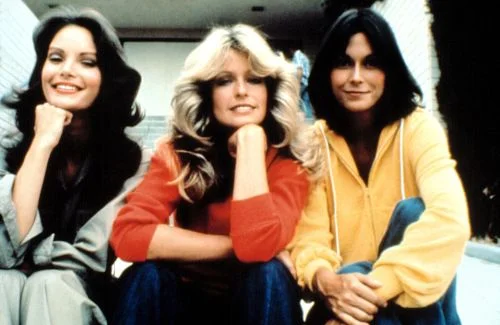
When Charlie’s Angels debuted in 1976, it became an overnight sensation. Farrah Fawcett, Kate Jackson, and Jaclyn Smith became household names, and their glamorous looks and action-packed cases were must-watch TV. Audiences adored the mix of fashion, mystery, and adventure.
Critics, however, labeled the show “jiggle TV,” dismissing it as shallow and sexist. They argued that the plots were thin and the focus was more on appearance than substance. Yet fans didn’t care—posters of Fawcett sold in the millions, and the Angels became icons. The criticism only seemed to fuel the show’s popularity.
3. Happy Days
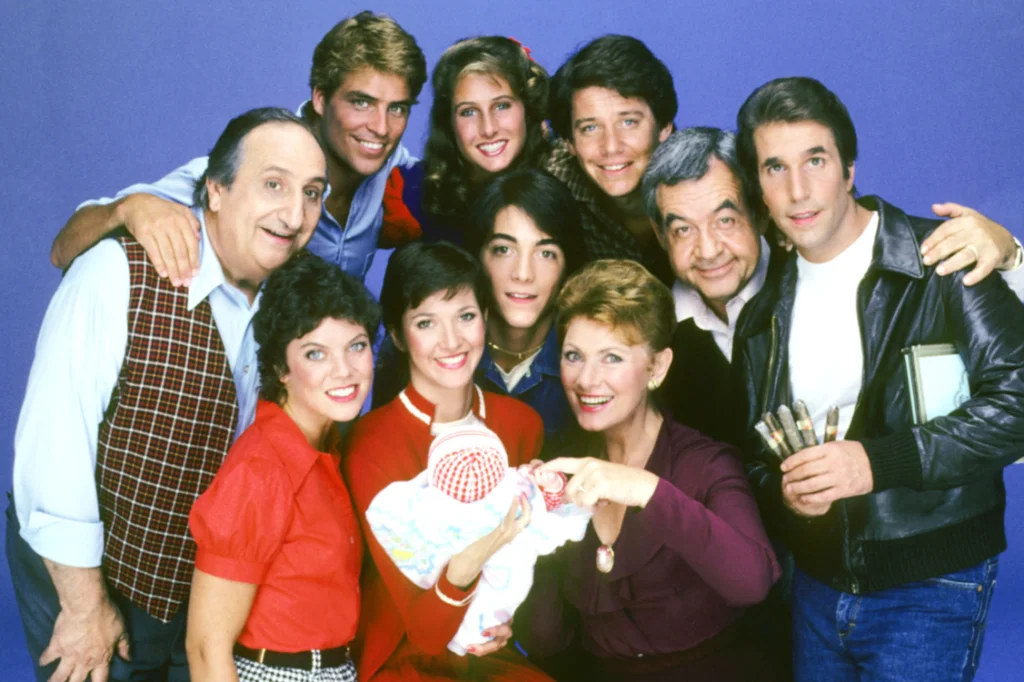
Few shows captured the nostalgia of the 1950s like Happy Days. The Cunningham family and the lovable Fonz became cultural staples, with Fonzie’s “Ayyy!” becoming part of everyday language. Audiences tuned in religiously, and kids wanted leather jackets and jukeboxes.
But critics weren’t as smitten. Many complained the show was saccharine and relied too heavily on clichés. When it introduced outrageous storylines like Fonzie jumping a shark, critics scoffed even harder. Yet, the show’s legacy remains strong, and its influence on American pop culture is undeniable.
4. Fantasy Island
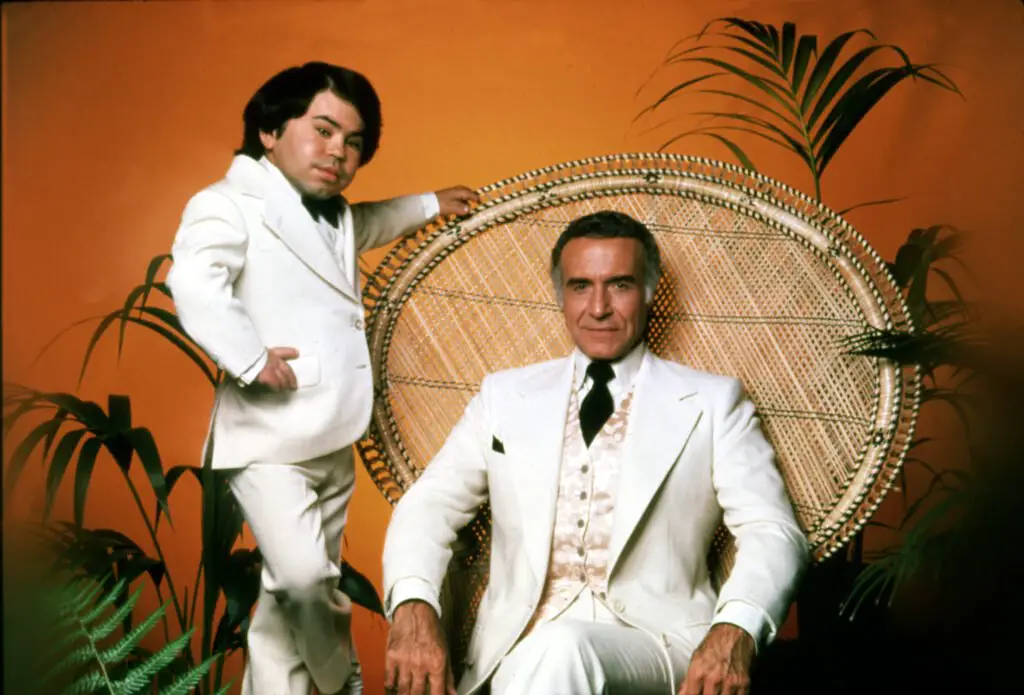
Fantasy Island offered viewers a weekly escape into a world where dreams came true, guided by the mysterious Mr. Roarke and Tattoo. Each episode was a mix of fantasy, drama, and often a moral lesson. Fans were intrigued by the premise and loved the variety of stories.
Critics, however, thought it was formulaic and overly sentimental. They claimed the writing was weak and the special effects cheesy. Still, viewers didn’t mind—they were too busy imagining what fantasy they’d pick if they visited the island. The show became a Saturday night staple despite the harsh reviews.
5. Love Boat
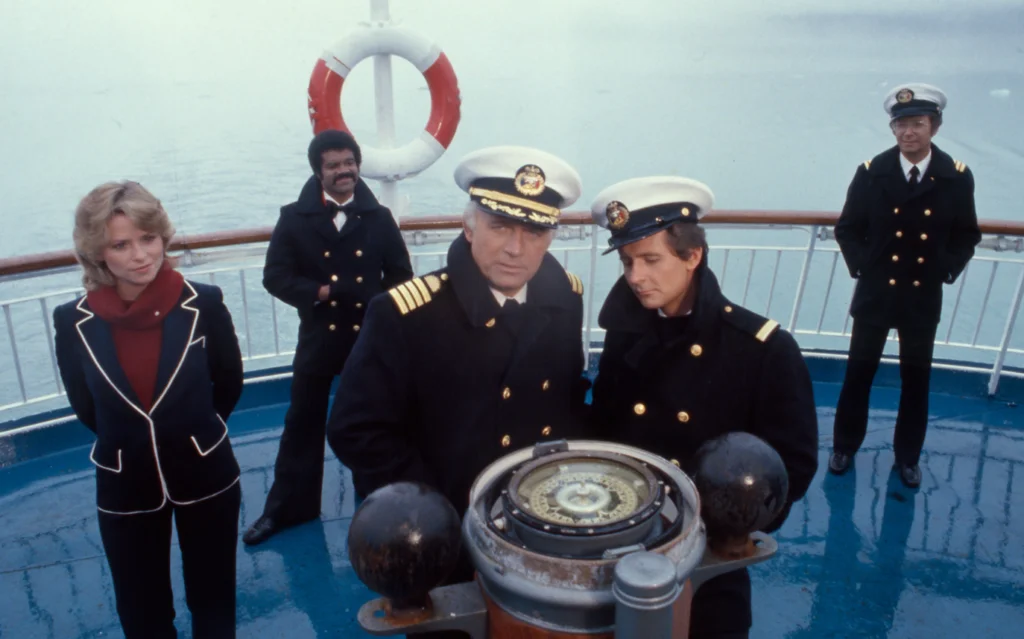
The Love Boat sailed into homes in 1977, bringing romance, comedy, and guest stars galore. The premise was simple but fun: a luxury cruise ship where passengers’ love stories unfolded. Audiences enjoyed the lightheartedness and the parade of familiar celebrity faces.
Critics weren’t impressed, calling it fluff and gimmicky. They argued the show was predictable and little more than a platform for fading stars. But viewers tuned in for the comfort and charm, and the show lasted nearly a decade. It proved that audiences craved feel-good entertainment, critics be damned.
6. CHiPs

With its sunny California backdrop and high-speed motorcycle chases, CHiPs became a hit with audiences who loved action-packed adventures. Erik Estrada as Ponch was charismatic and quickly became a fan favorite. The chemistry between the two officers made the show fun to watch.
Critics, though, didn’t share the enthusiasm. They often dismissed the show as shallow with unrealistic storylines and mediocre acting. Still, the ratings told another story. For kids of the ’70s, CHiPs was pure excitement, and its popularity turned Estrada into a star.
7. The Dukes of Hazzard
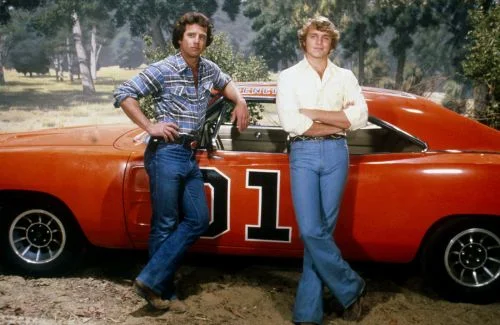
Few shows embodied the good ol’ boy spirit like The Dukes of Hazzard. With Bo and Luke Duke’s wild car chases and the General Lee flying through the air, it was pure adrenaline for viewers. Daisy Duke also became a fashion icon thanks to her short shorts.
Critics, however, blasted the show for being repetitive and silly. They claimed it lacked substance and relied too much on car stunts. Despite the negative reviews, audiences adored the fun and escapism it offered. For many, Friday nights weren’t complete without the Dukes outrunning Boss Hogg.
8. Laverne & Shirley
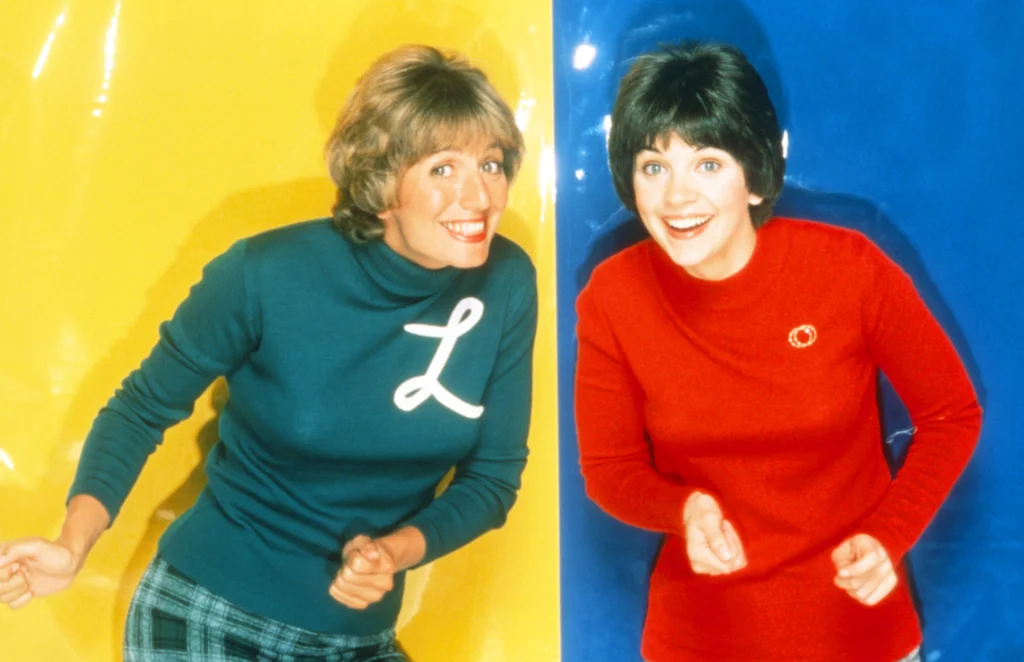
Spinning off from Happy Days, Laverne & Shirley quickly gained its own devoted following. The antics of two single women navigating life and work in Milwaukee resonated with viewers. The catchy opening song and physical comedy made it must-watch television.
Critics were less kind, dismissing it as lowbrow humor. They often criticized the slapstick gags as too silly and the storylines as shallow. But audiences didn’t care—they loved the duo’s friendship and wacky adventures. It became one of the highest-rated shows of the late ’70s.
9. That’s Incredible!
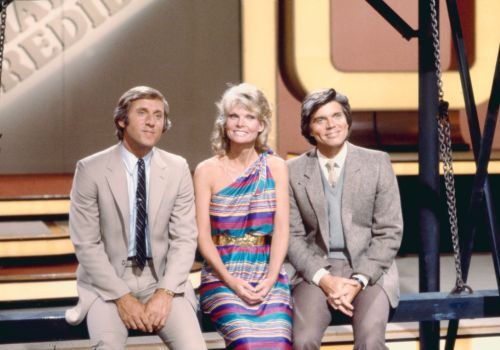
This reality show wowed audiences with strange stunts, human-interest stories, and shocking feats. People tuned in weekly to see the bizarre and unbelievable, from daredevil acts to odd talents. It was one of those watercooler shows that everyone talked about the next day.
Critics, however, found it sensationalist and exploitative. They claimed it pandered to the lowest common denominator. But viewers couldn’t get enough—it was part circus, part news, and part spectacle. In an era before the internet, That’s Incredible! scratched the itch for wild entertainment.
10. Good Times
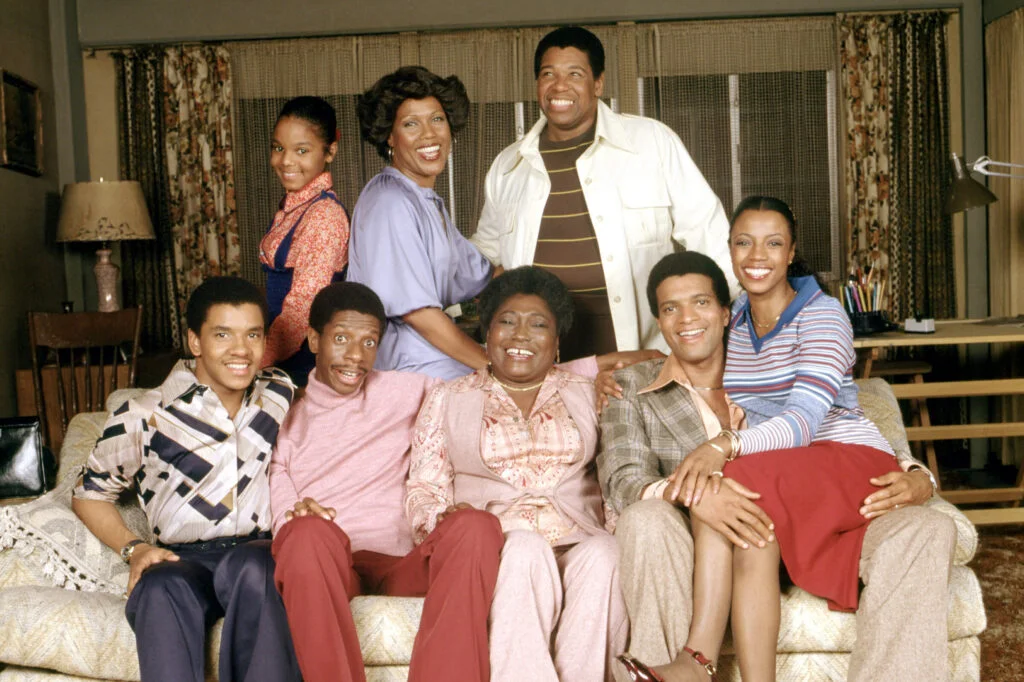
Good Times was groundbreaking as one of the first sitcoms to center on a Black family, and audiences connected deeply with its humor and heart. Jimmie Walker’s catchphrase “Dy-no-mite!” became part of everyday slang. For many, it was refreshing to see a working-class family on TV.
Critics, however, often downplayed the show’s importance, calling it too preachy or inconsistent in tone. They sometimes accused it of leaning too heavily on stereotypes. Despite that, audiences loved it and found meaning in its mix of comedy and social commentary. The show left a lasting cultural mark that critics couldn’t erase.
11. The Gong Show
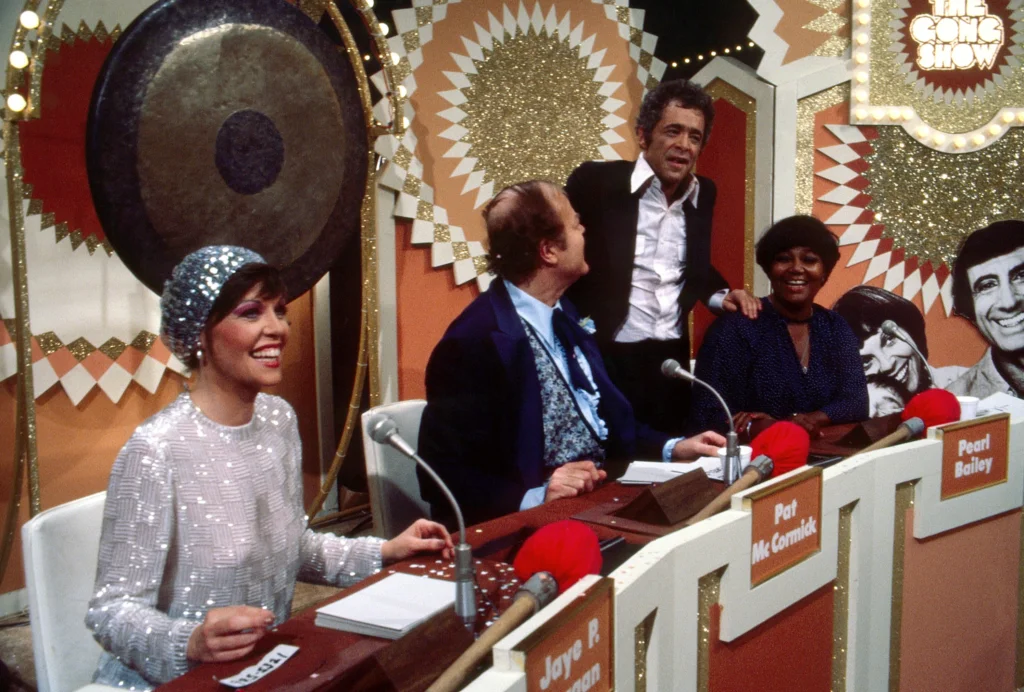
The Gong Show was chaotic, unpredictable, and absolutely loved by audiences who enjoyed watching amateur acts and bizarre performances. Chuck Barris’ eccentric hosting made it even more entertaining. People tuned in just to see what weirdness would unfold.
Critics were horrified, calling it vulgar and tasteless. They saw it as the decline of television standards. But viewers embraced the madness, laughing at both the terrible acts and the over-the-top format. It became a cult favorite that still gets referenced today.
12. Soap
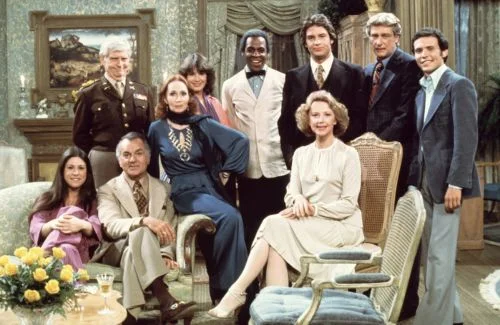
When Soap premiered, it shocked audiences with its risqué humor and satirical take on daytime dramas. Fans found it hilarious and refreshing, especially since it tackled taboo topics rarely seen on TV. Billy Crystal’s role as one of the first openly gay characters on primetime was groundbreaking.
Critics, though, weren’t always appreciative. Many slammed it for being offensive and too controversial. Religious groups even protested its storylines. Yet despite the uproar, it gained a loyal fanbase and is now remembered as an innovative, influential show.
13. Alice
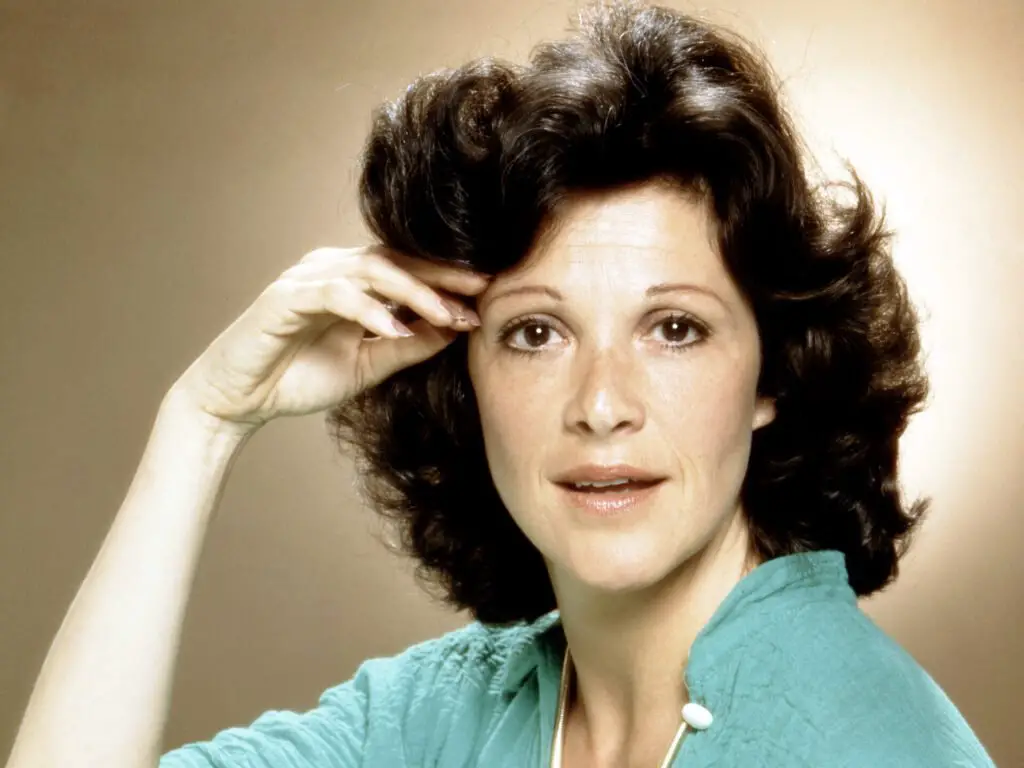
Alice told the story of a widow working as a waitress in a diner, and viewers connected with her struggles and triumphs. Linda Lavin’s portrayal of Alice was heartfelt, and the supporting cast made Mel’s Diner a beloved TV hangout. The show had a comforting quality that audiences adored.
Critics, however, didn’t share the warmth. They claimed it was uninspired and lacked originality. Despite that, the show lasted nine seasons and won over fans who related to its themes of perseverance and friendship. “Kiss my grits!” became a cultural catchphrase, no thanks to the critics.
14. Barney Miller
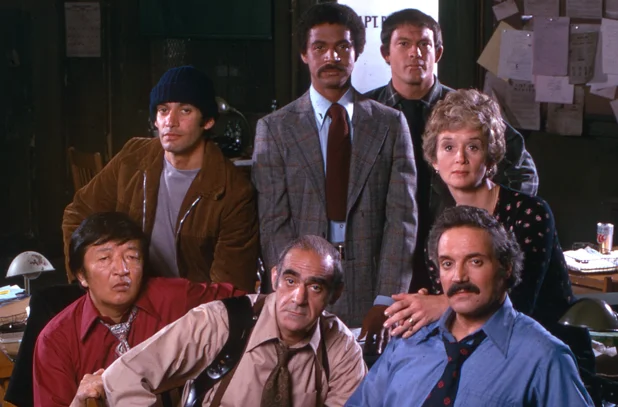
Audiences loved Barney Miller for its quirky humor and the camaraderie among the detectives in a New York precinct. It wasn’t flashy, but it had a unique charm and a loyal following. Characters like Fish and Wojo became household names.
Critics, however, often ignored it or called it too quiet and slow. They didn’t see it as groundbreaking or flashy enough to praise. Yet the series won over fans with its subtle humor and realistic portrayal of workplace life. Over time, even some critics came to recognize its quality.
15. The Brady Bunch Hour
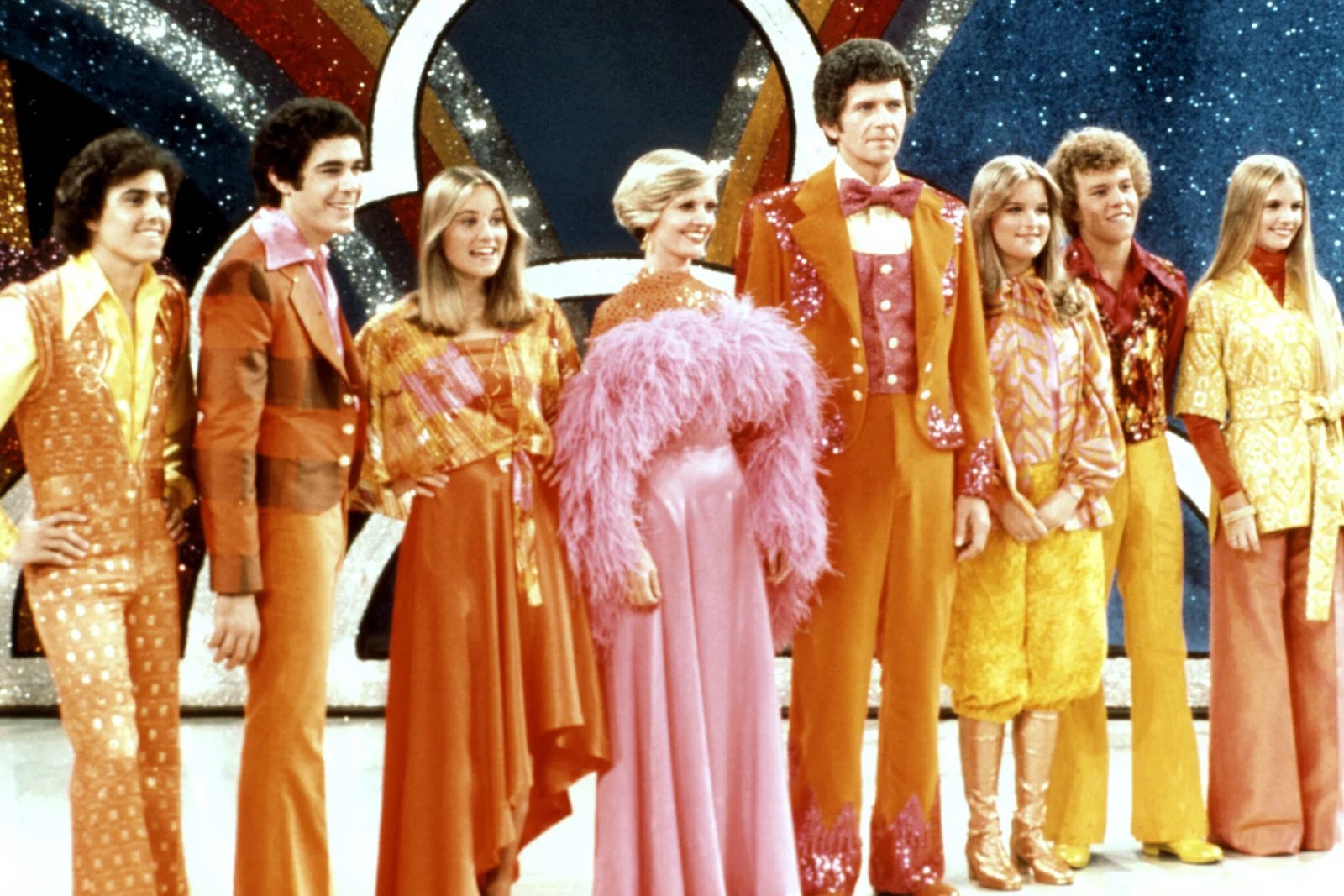
When The Brady Bunch Hour aired in 1976 as a variety spin-off of the beloved sitcom, viewers were curious and tuned in. Audiences enjoyed seeing the familiar Brady family sing, dance, and perform skits in a new format. It was kitschy fun for those who missed the original show.
Critics, however, tore it apart. They called it embarrassing, awkward, and one of the worst TV experiments ever attempted. While it didn’t last long, it still found a place in fans’ hearts as a guilty pleasure. Even in failure, the Bradys managed to entertain their audience.


